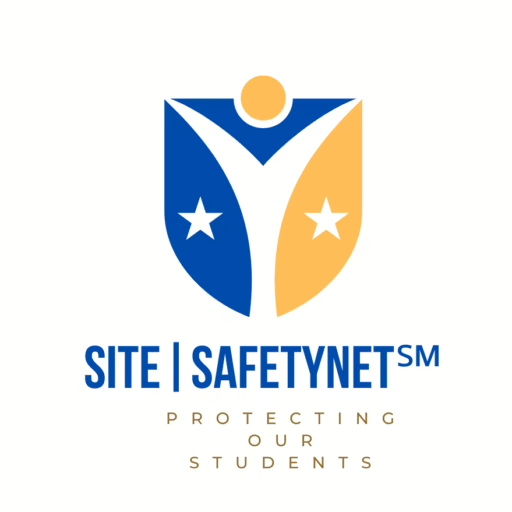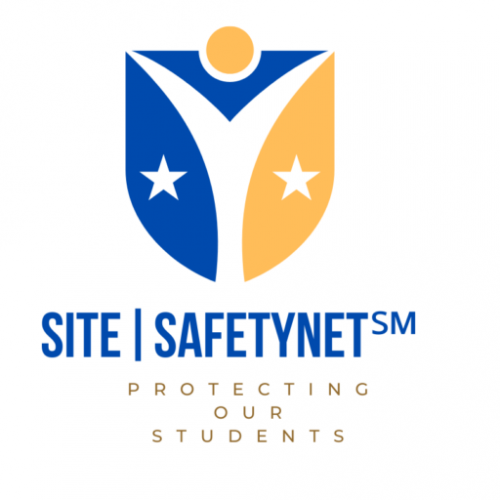At SITE| SAFETYNET℠, we are deeply committed to enhancing the security of our educational environments. Recent events at Dallas ISD high schools, where metal detectors, school police officers, and other stringent security measures failed to prevent gun-related incidents, have brought an essential issue to the forefront: the inefficacy of TSA-style security in schools.
The Limitations of Current Security Measures
Despite having metal detectors, security screenings, and precise backpack requirements, Dallas ISD faced severe security breaches. A student was shot inside a classroom, and another was fatally injured behind a portable classroom. Such incidents highlight critical gaps in our current security protocols. Notably, during one incident, a student managed to bypass the metal detector with a firearm during a less supervised “late arrival” period, showcasing the challenges of relying on physical security measures that are not constantly manned.
 The Staffing Challenge
The Staffing Challenge
The role of “security officers” in schools often falls on the shoulders of our educators, who are primarily focused on teaching. When teachers are expected to manage security checkpoints, their primary duty of education is sidelined. Moreover, the effectiveness of bag searches is questionable. Comprehensive searches require significant time and manpower, factors that are in short supply in busy school settings.
Training and Preparedness
The recent breaches have exposed a notable phenomenon known as “The Matrix Problem,” where security personnel do not expect to find a weapon and are unprepared when they do. The call for more training and additional staff to conduct screenings points to a systemic issue: the need for specialized, dedicated security personnel similar to those in TSA. However, even this comparison falls short, given schools’ unique challenges.
 Scale and Scope of School Security Needs
Scale and Scope of School Security Needs
The logistical scale of securing schools far exceeds that of TSA operations. With over 130,000 K-12 school campuses in the U.S. and the daily movement of millions of students, teachers, and visitors, the task is monumental. Unlike airports, where passengers are screened once per journey, students may enter and exit school premises multiple times daily, complicating the security dynamics.
Cost Implications
Implementing TSA-like security in schools would be less effective and prohibitively expensive. Estimations suggest that such an endeavor could cost upwards of $250 billion annually — a figure that dwarfs the budget of central city police departments.
The Need for Viable Solutions
Our focus at SITE| SAFETYNET℠ is to identify effective security solutions without overburdening our educators or disrupting the educational environment. We advocate for innovative strategies that prevent firearms from entering school grounds in the first place rather than relying solely on point-of-entry screenings.
Conclusion
While TSA-style security measures provide a high level of safety for air travel, they are not a suitable model for school settings. The differences in operational environments, scale, and the very nature of school campuses demand tailored, practical, and sustainable security solutions. Our mission remains clear: creating safer educational environments through thoughtful, effective, and specialized strategies prioritizing our students’ well-being and academic success.
This article reflects our ongoing commitment to addressing the complexities of school security and our dedication to providing the best possible environment for our students and educators. For more information on effective school safety solutions, visit SITE| SAFETYNET℠.
Context: David Riedman is the creator of the K-12 School Shooting Database and a national expert on school shootings. Listen to his recent interviews on Freakonomics Radio, the New England Journal of Medicine, and Iowa Public Radio the day after the Perry High shooting.


 The Staffing Challenge
The Staffing Challenge Scale and Scope of School Security Needs
Scale and Scope of School Security Needs